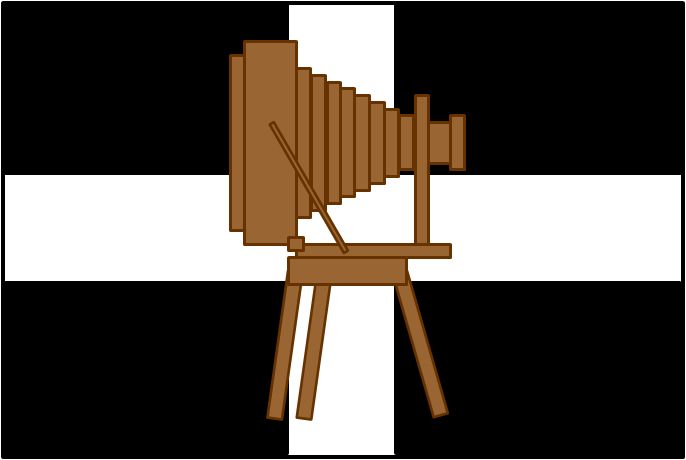Photographs taken 2005 to 2009
Tintagel Castle is a mysterious place. The legend of King Arthur is ingrained in this place. The legend itself, and its connection to Tintagel, is largely attributed to Geoffrey of Monmouth during the Thirteenth Century, from old folk tales, but what truth and legends therein lie? The atmosphere and romance of Tintagel Castle has haunted many writers since. Norden, in his Survey of Cornwall, writes of the crossing to the castle - in pre modern footpath times - as "may astonish an unstable brayne to consider the perill, for the leaste slipp of the foote sendes the whole bodye into the devouring sea!"
In Wilkie Collin's Rambles Beyond Railways of 1851, he writes:
"The position of the old fortress was, probably, almost impregnable in the days of its strength and glory. The outer part of it was built on a precipitous projection of cliff, three hundred feet high, which must have been wrenched away from the mainland by some tremendous convulsion of Nature. The inner part stood on the opposite side of the chasm formed by this convulsion; and both divisions of the fortress were formerly connected by a drawbridge".
Tintagel - or "Dindajel" - comes from "din" or "dun", meaning "fort", and possibly "narrow gap" or a person's name. The village itself was called Trevenna until 1907, when it took the name of the castle on the "island" (not quite an island, as Tintagel Head is still technically joined to the mainland).
See the Tintagel page for more photographs of the village and coast.

Tintagel Castle

The steps across to the castle ~ more like something out of Lord of
The Rings,
and the Steps of Cirith Ungol!

Ascent from the new bridge up to the castle on Tintagel "Island" and
Head

Looking back at the outer part of the Castle on the mainland side
The Legend of King Arthur
Wilkie Collin's goes on to relate some of the old Cornish legends of King Arthur...
"He held his last court, solemnized his last feast, reviewed his last array of warriors, at Tintagel, before he went out to the fatal battlefield of Camelford [Camalan] to combat his nephew Mordred, who had rebelled against his power. In the morning, the martial assemblage marched out of the castle in triumph, led by the king, with his death-dealing sword Excalibur, slung at his shoulder, and his magic lance Rou in his hand. In the evening the warriors returned, fatally victorious, from the struggle... but they brought back with them, their renowned leader, mortally wounded from the field which he had quitted a victor."
"That night, the wise and valiant king died in the castle of his birth; died among his followers who had feasted and sung around him at the festal table but a few hours before. The deep-toned bells of Tintagel rang his death peal; and the awe-stricken populace from the country round, gathering together hurriedly before the fortress, heard portentous wailings from supernatural voices, which mingled in ghostly harmony with the moaning of the restless sea, the dirging of the dreary wind, and the dull deep thunder of the funeral knell. About the heights of the castle, and in the caverns beneath it, these sounds ceased not night or day, until the corpse of the hero was conveyed to the ship destined to bear it to the burial place in Glastonbury Abbey. Then, dirging winds, and moaning sea, and wailing voices, ceased; and in the intervals between the slow pealing of the funeral bells, clear childlike voices arose from the calmed waters, and told the mourning people that Arthur was gone from them but for a little time, to be healed of all his wounds in the Fairy land [Avalon]; and that he would yet return to lead and govern them again."





Connect with us, Like us and Follow us on Facebook!
PhotoFile Cornwall supports CoaST and Sustainable Tourism